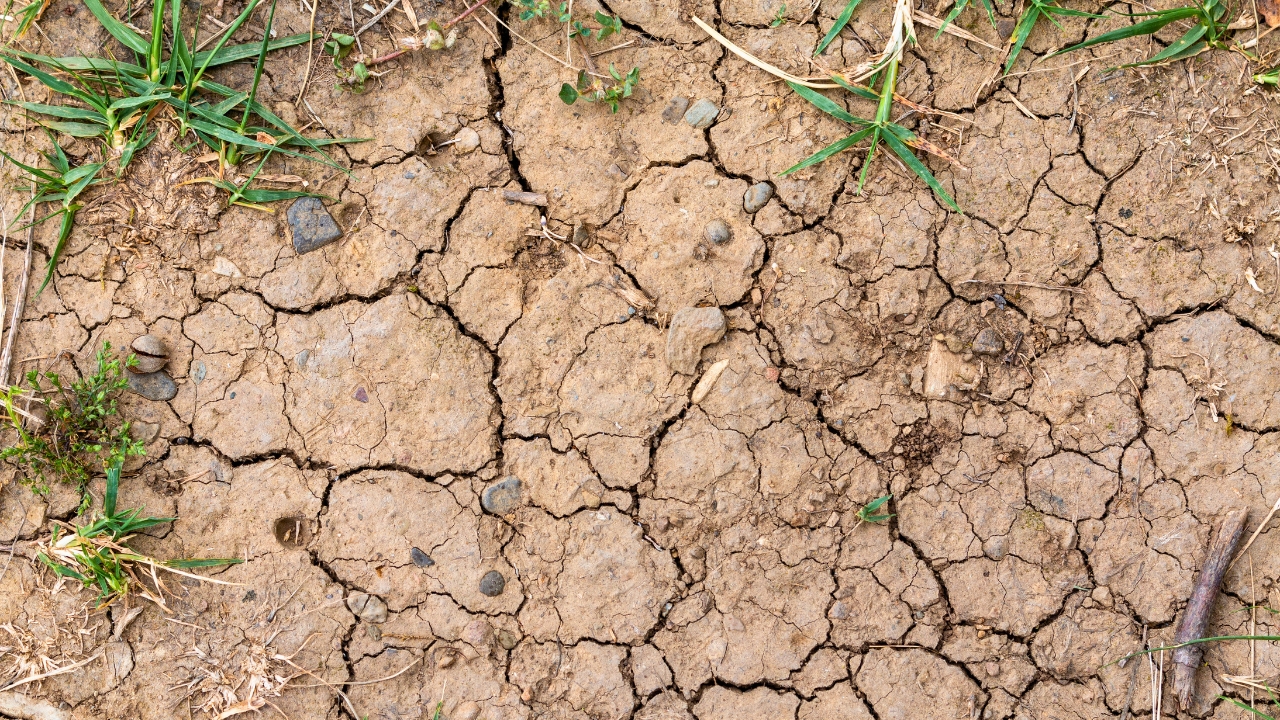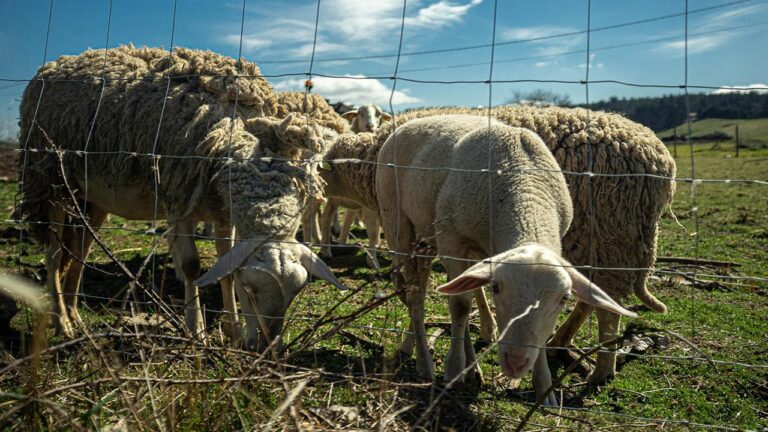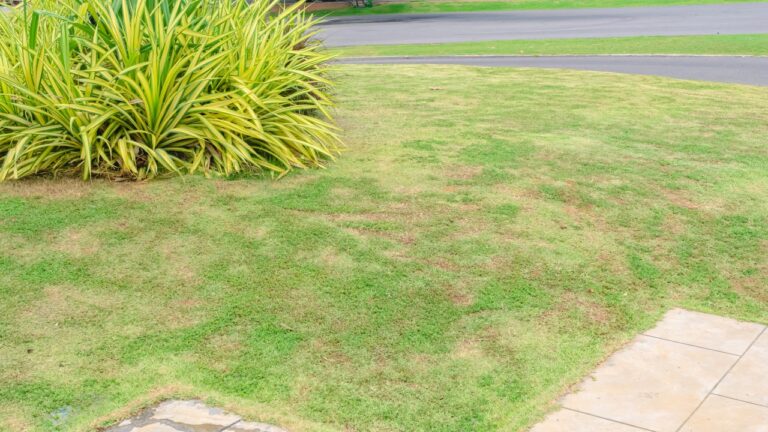10 Ways to Help Your Yard Survive a Drought
When the rain dries up and the heat kicks in, your yard can take a hit fast. Drought conditions stress grass, trees, and garden beds, and if you’re not ahead of it, recovery can get expensive. The goal isn’t to make your yard look perfect during a drought—it’s to help it survive so it can bounce back when conditions improve.
These are real ways to help your yard stay alive and avoid long-term damage.
Water Early and Deep
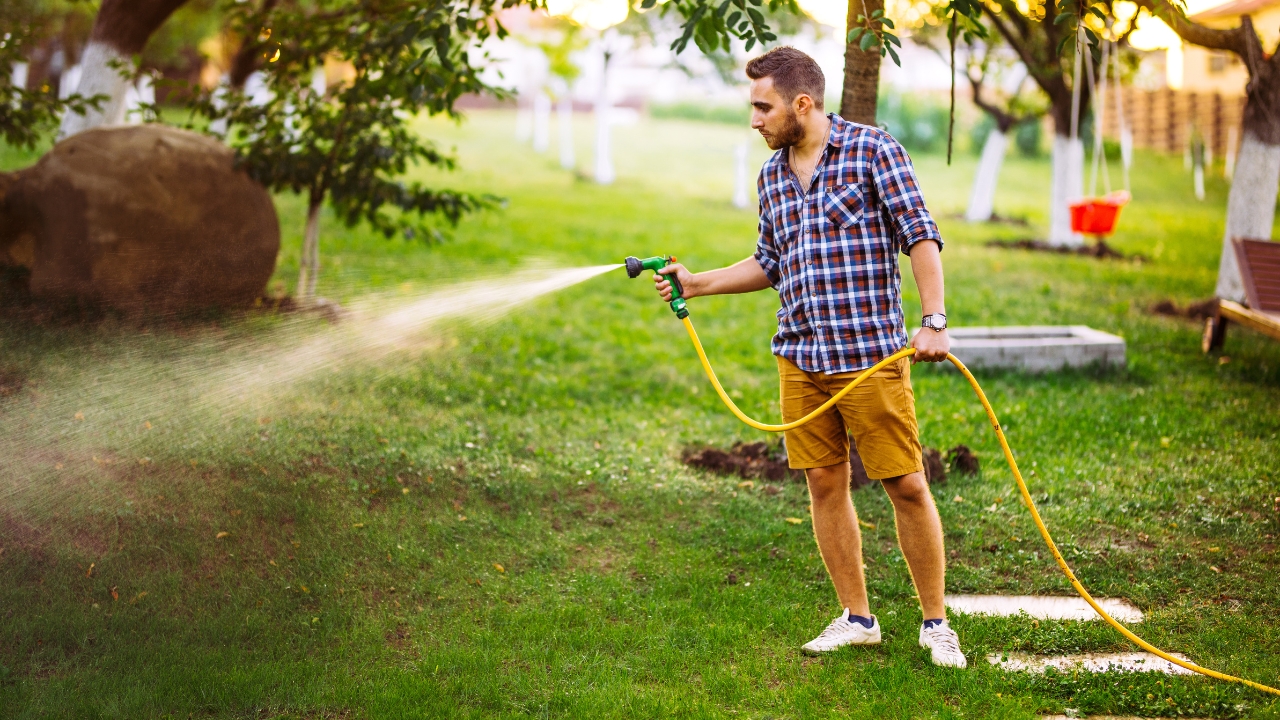
The best time to water is early in the morning, before the sun gets too strong. That gives water time to soak in without evaporating right off the top.
Aim for less frequent but deeper watering so your grass and plants learn to send roots down, not stay shallow. That makes them stronger and more drought-tolerant in the long run.
Skip the Fertilizer

During a drought, your yard is already stressed. Fertilizer—especially synthetic ones—can make things worse by encouraging new growth your lawn can’t support with limited water.
If your lawn is looking rough, don’t try to feed it back to life. Wait until conditions improve. Fertilizing during a drought can actually burn the grass and do more harm than good.
Keep Mower Blades Sharp
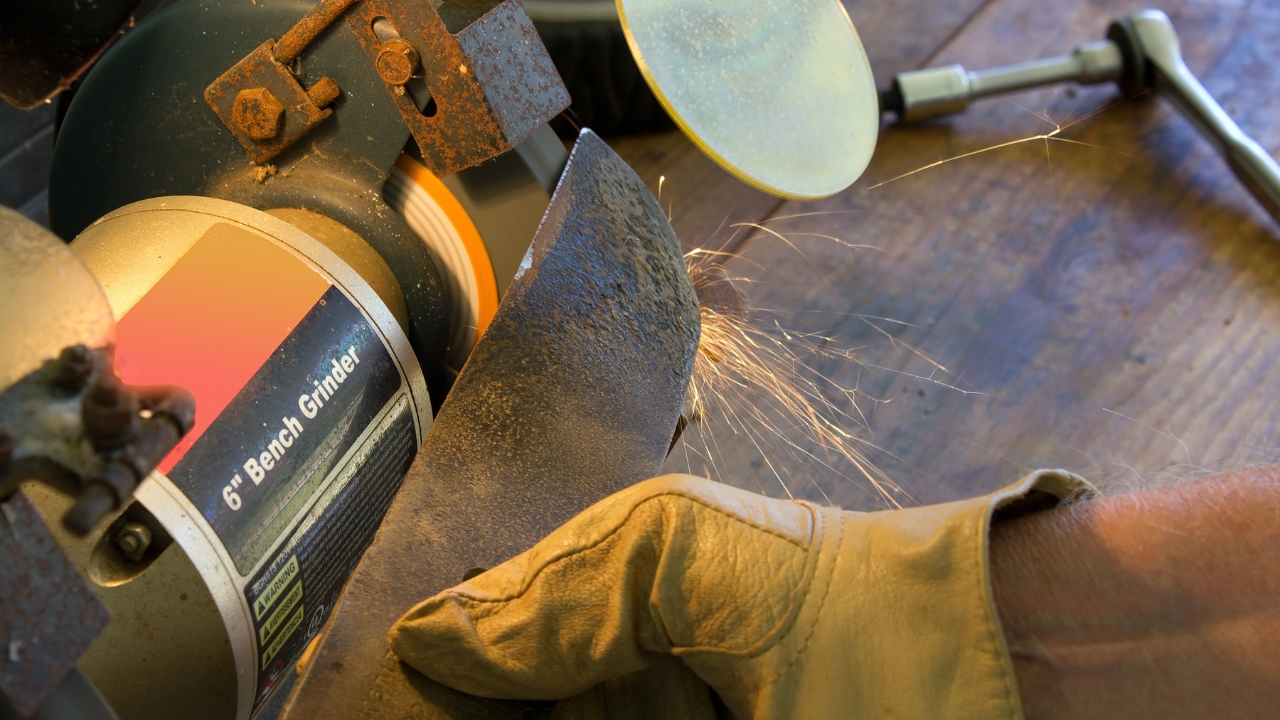
A dull blade tears the grass instead of cutting it clean, and those ragged edges lose moisture faster. That damage adds up quick when the lawn’s already dry.
Keep your mower blades sharp and avoid scalping the lawn. Set your mower height higher during drought to leave more blade cover and shade the roots better.
Don’t Bag the Clippings
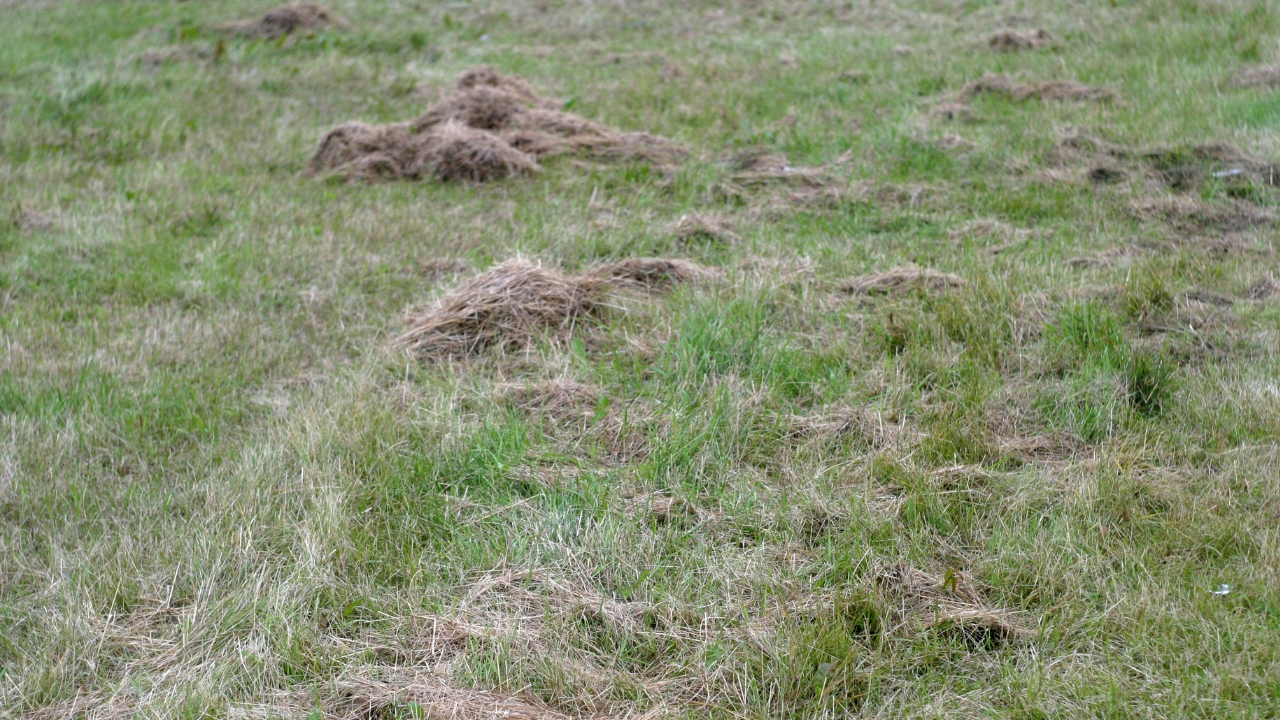
Leaving grass clippings on the lawn adds moisture back to the soil and provides light insulation for the grass underneath. It may not look as tidy, but it’s a smart move during a dry spell.
Clippings break down fast and act like a mini mulch layer, which helps slow water loss and protect the crown of the grass. If you usually bag, skip it for now.
Focus on Priority Plants
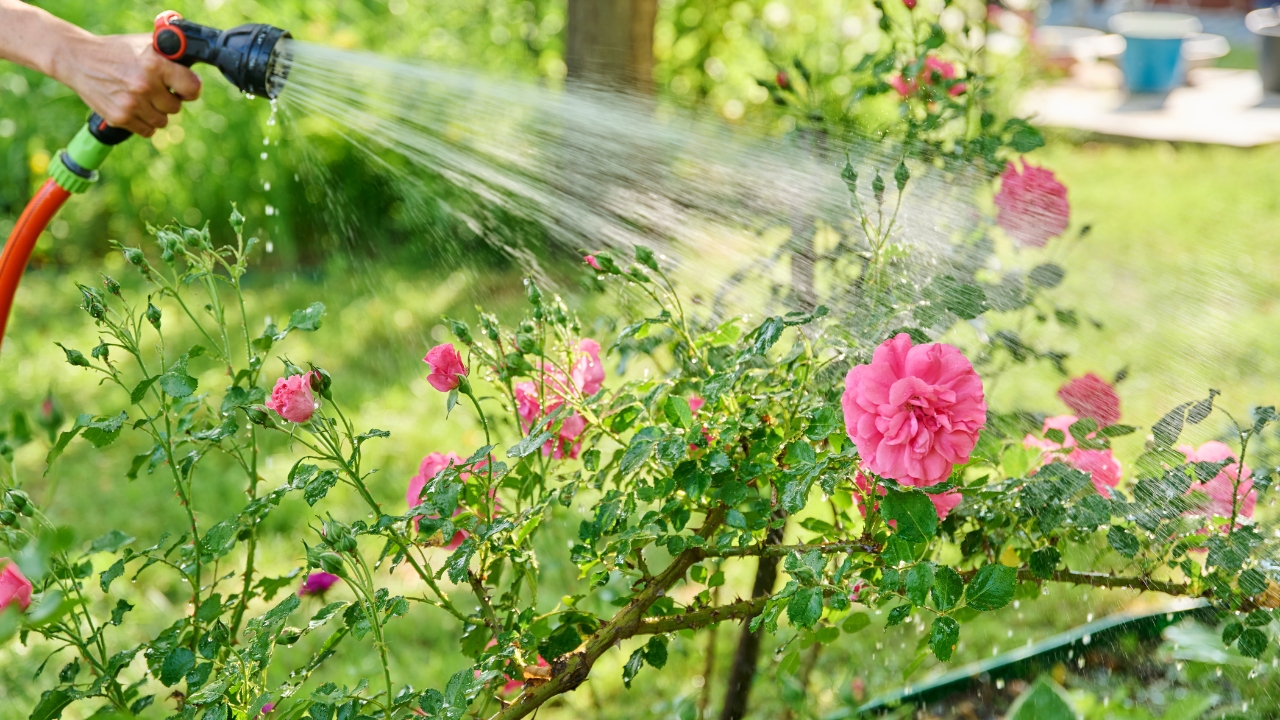
You probably can’t keep every single plant happy during a drought, so it helps to choose what’s worth saving. Focus your water on young trees, fruiting plants, and anything expensive or hard to replace.
Established shrubs and hardy native plants can usually go longer without water. You don’t have to let everything die, but knowing what to prioritize can stretch your efforts.
Mulch Like You Mean It

A good layer of mulch keeps soil temperatures down and slows evaporation. That’s huge when every drop of water matters. Aim for two to three inches thick, and don’t pile it right up on the stems.
Mulch helps roots stay cool and holds in moisture longer. It also keeps weeds down, which would otherwise compete for that same limited water.
Check for Soil Compaction

When your soil is packed down, water has a hard time soaking in. Instead of getting to the roots, it runs off or pools at the surface.
You can test for compaction with a screwdriver—if it’s tough to push in, you might need to aerate. That lets water get deeper into the ground where it can actually help.
Use Soaker Hoses or Drip Lines

Overhead sprinklers lose a lot of water to wind and evaporation. Soaker hoses and drip lines deliver water right at the base of the plant, where it counts most.
This kind of slow, steady watering is way more efficient. It also reduces fungal issues that can pop up when leaves stay wet in the heat.
Watch for Heat Stress

Grass that turns bluish-gray, wilts, or doesn’t bounce back after stepping on it is trying to tell you something. Those are signs of drought stress, and they mean your watering routine may need tweaking.
Learning to spot early stress lets you catch problems before they get worse. Even drought-tolerant lawns have a limit, and knowing when to act can make all the difference.
Don’t Overwater After the Drought

Once the rain finally comes back, don’t go overboard trying to “make up” for lost time. That can shock your grass and lead to shallow root growth again.
Ease back into a regular watering schedule and let your lawn recondition itself. Recovery takes time, but consistency is better than dumping on a bunch of water all at once.
*This article was developed with AI-powered tools and has been carefully reviewed by our editors.

